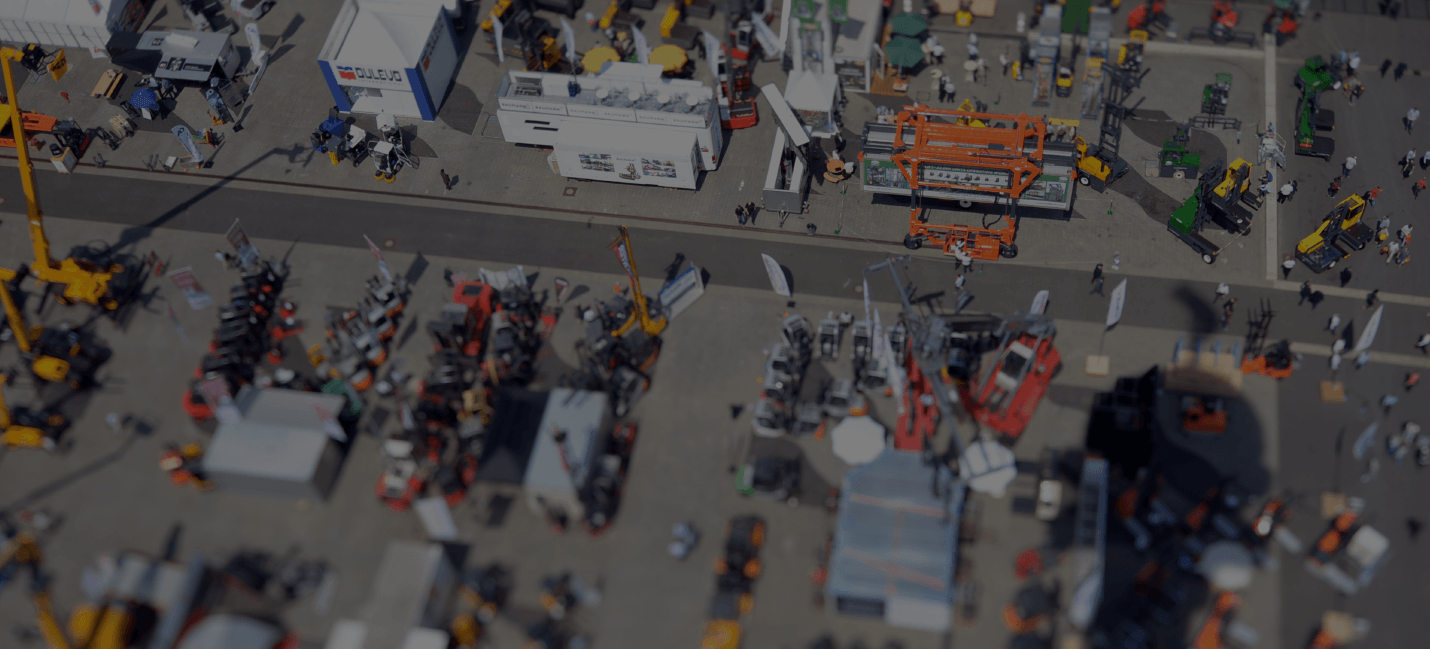The opportunities and threats of supply chain robotics
From self-driving trucks to delivery by drone, automation of the supply chain is becoming increasingly common. But while the use of automated technology in delivery or the “last mile” (the final stage of the supply chain process) has received plenty of publicity, it is arguably in the other supply chain areas where robotics offers the most opportunity.
Indeed, many businesses are already enthusiastically adopting smart machine technology. According to The Wall Street Journal, companies are significantly increasing their spending on supply chain technologies. It cites a US report that says 35 percent of supply chain managers have already adopted robotics. That number is expected to rise to 74 per cent in the next six to 10 years.
As in the US, the supply chain in Australia is facing an automated future – if only to cope with the sheer scale of operations. A report from Colliers International predicted that the future size of an industrial warehouse in a major Australian city will be 200,000 square metres. That’s 10 times the size of the MCG!
While there are many benefits to supply chain automation, it can be easy to overlook the safety implications of new technologies in the rush to adopt them. But just how safe are robotics in the workplace?
How safe are robots?The 2016 MHI Annual Industry Report found that automation capabilities have not only become safer, but also more efficient. “In the past, safety barriers and sensors prohibited people from working too near the machines,” it reads. While this measure fulfilled occupational health and safety requirements, it also contributed to supply chain inefficiencies – for example, if someone noticed that a package was upside down, they weren’t able to get close enough to place it right side up. Recent innovations, like robots with “3D vision” and artificial intelligence, have not only reduced these types of errors, but also increased the safety of workers.
But while supply chain technologies are safer than they once were, they are not by any means completely hazard free. Robotics will never completely replace humans in the supply chain structure, so as long as humans work alongside robots, safety remains paramount.
The 7 hazards of robotics in the workplace
According to the US Occupational Safety and Health Administration (OSHA), there are seven hazards associated with robotics in the workplace. If you can plan for these when it comes to managing your supply chain (for example, by ensuring your employees receive appropriate training), you’ll be able to head off a number of potential issues.
1. Human errors
These include programming mistakes and incorrect activation of the control panel. However, OSHA says “the greatest problem… is over-familiarity with the robot’s redundant motions so that an individual places himself in a hazardous position while programming the robot or performing maintenance on it”.
2. Control errors
Control errors are those such as software issues, electromagnetic and radio-frequency interference, plus faults in the hydraulic, pneumatic or electrical sub-controls, which can create significant danger for workers.
3. Unauthorised access
Unauthorised access is hazardous because the person involved may not be familiar with the safeguards in place or their activation status.
4. Mechanical failures
These include mechanical part failure and faulty or unexpected operation.
5. Environmental sources
Environmental hazard sources include electromagnetic or radio-frequency interference (transient signals) that could exert influence on robotic operation, increasing the potential for injury to anyone working in the vicinity.
6. Power systems
Power systems hazards can be malfunctioning pneumatic, hydraulic or electrical power sources. OSHA warns that “fire risks are increased by electrical overloads or by use of flammable hydraulic oil. Electrical shock and release of stored energy from accumulating devices also can be hazardous to personnel.”
7. Improper installation
Hazards are created when employees do not properly following the design, requirements, and layout of equipment, utilities and facilities of a robot or robot system.
The importance of following safety protocolThe Robotics Industry Association (RIA) points out that “there are more than 1.5 million industrial robots safely operating in factories worldwide”, with an “impressive safety record”. However, it also recognises that “robots can be dangerous to operate”.
To mitigate that risk, the RIA says that it is important to follow safety protocol. It points out that “robot safety standards are still evolving and will continue to evolve as the global market for industrial robots grows and inevitably changes”. However, it believes that adoption of international standards (under the auspices of the likes of the International Organization for Standardization) will help ensure improved levels of safety.
Is automation actually safer?
Although it is recognised that there are dangers associated with robotics, there is an argument to be made that automation in supply chain can actually make workers safer on the whole.
Deloitte says robotics can “reduce the risk of employee injury in dangerous environments”. This is less about the day-to-day operation in, say, a warehouse and more about situations where access to difficult or dangerous locations is required. Putting a robot instead of a human in harm’s way makes a lot of sense.
To learn more about the issues facing supply chain managers, register for CeMAT Australia 2018. It’s the leading trade fair for materials handling, intralogistics and supply chain management, and is on in Melbourne from 24 to 26 July.


